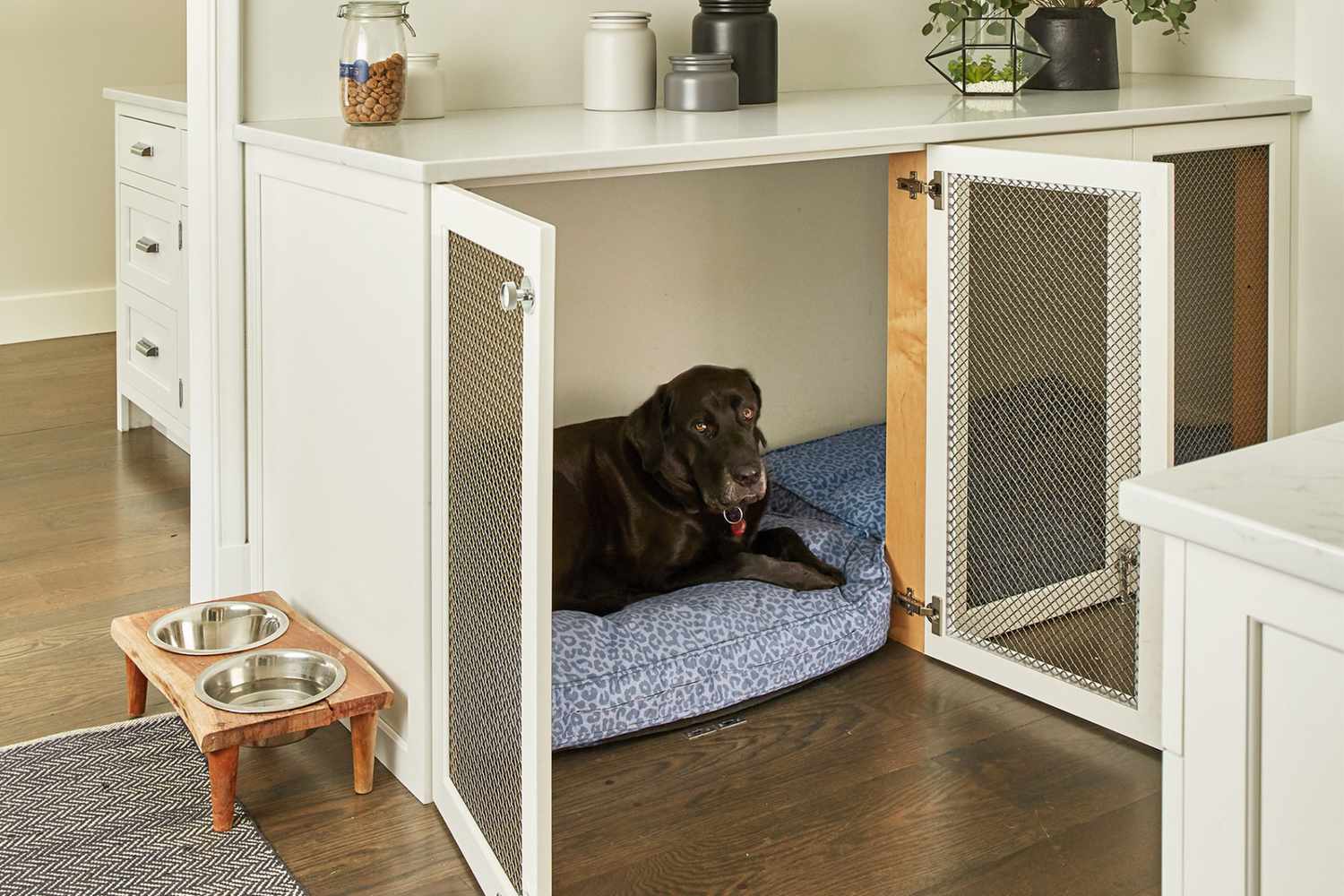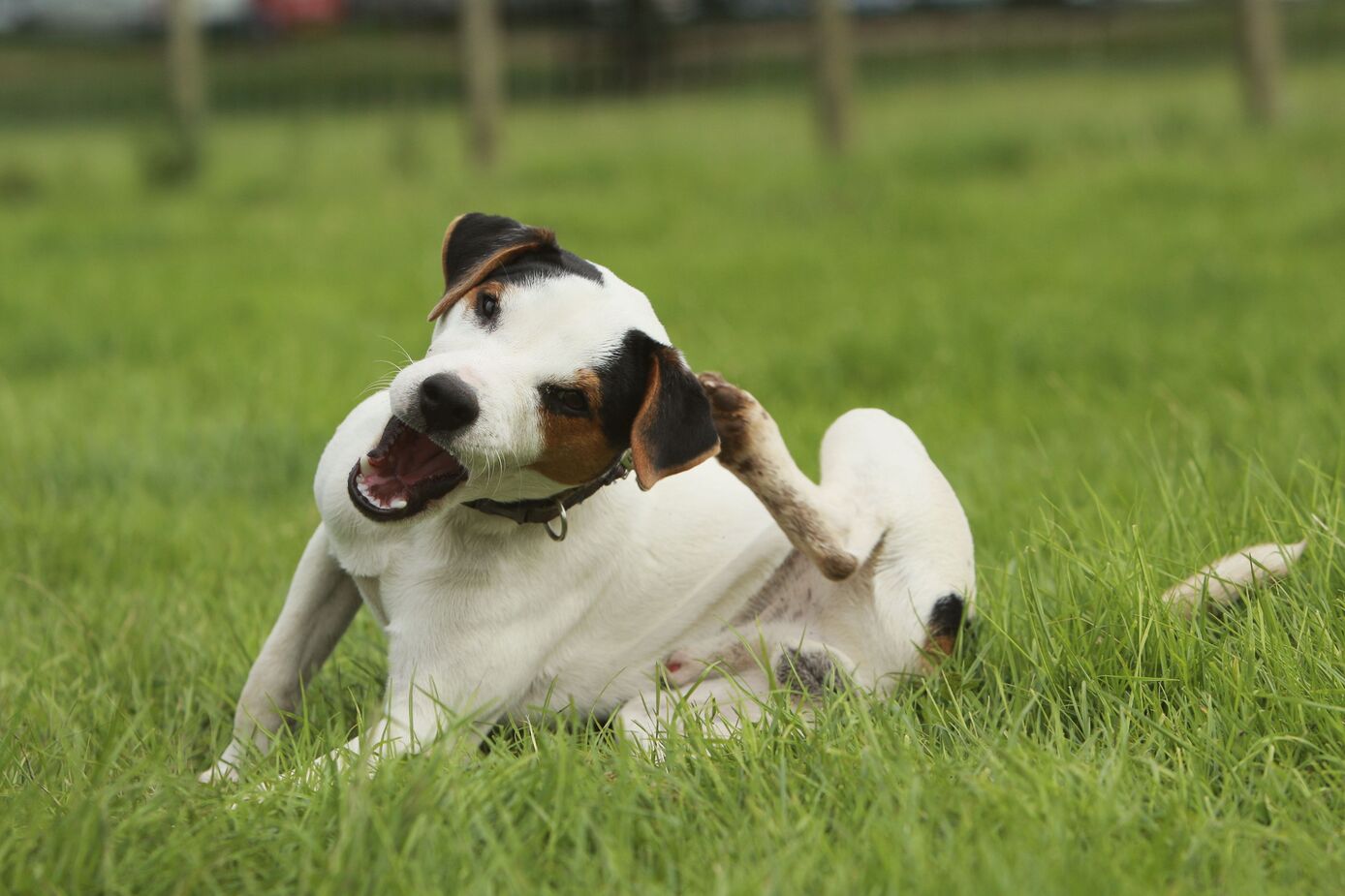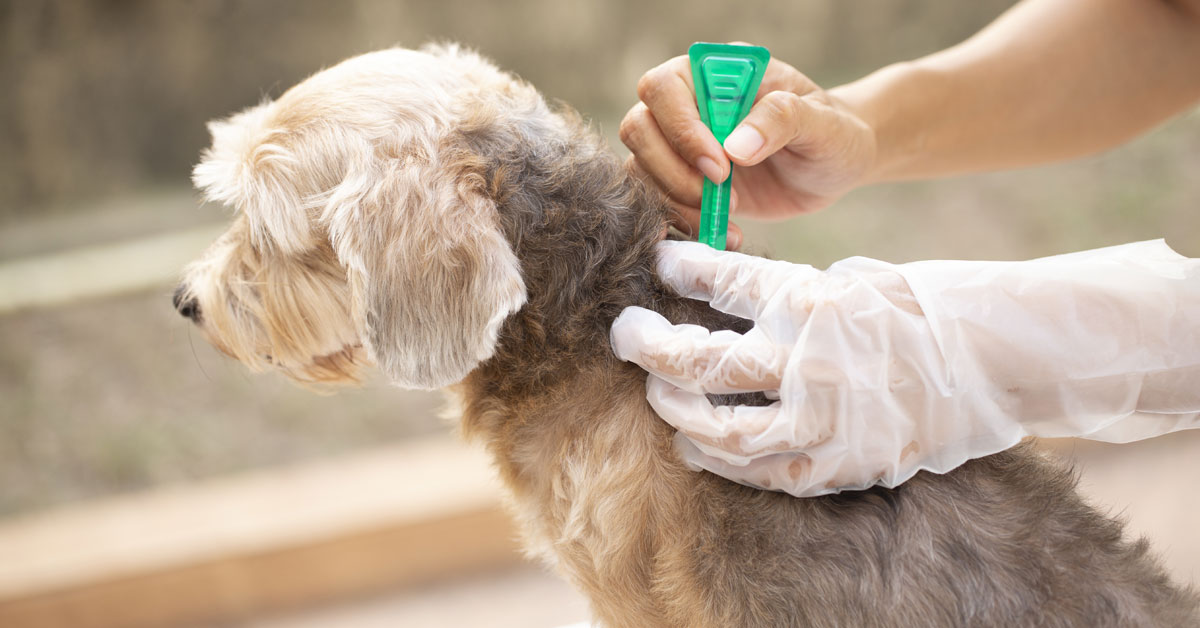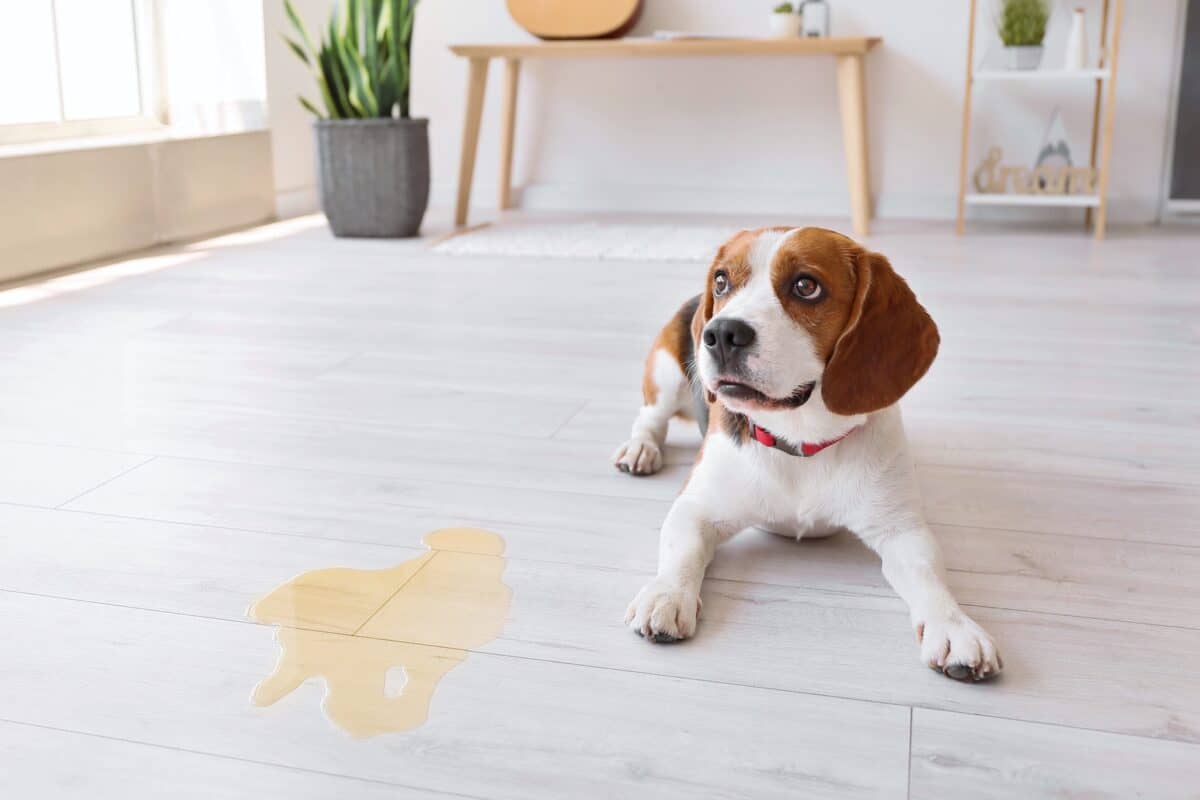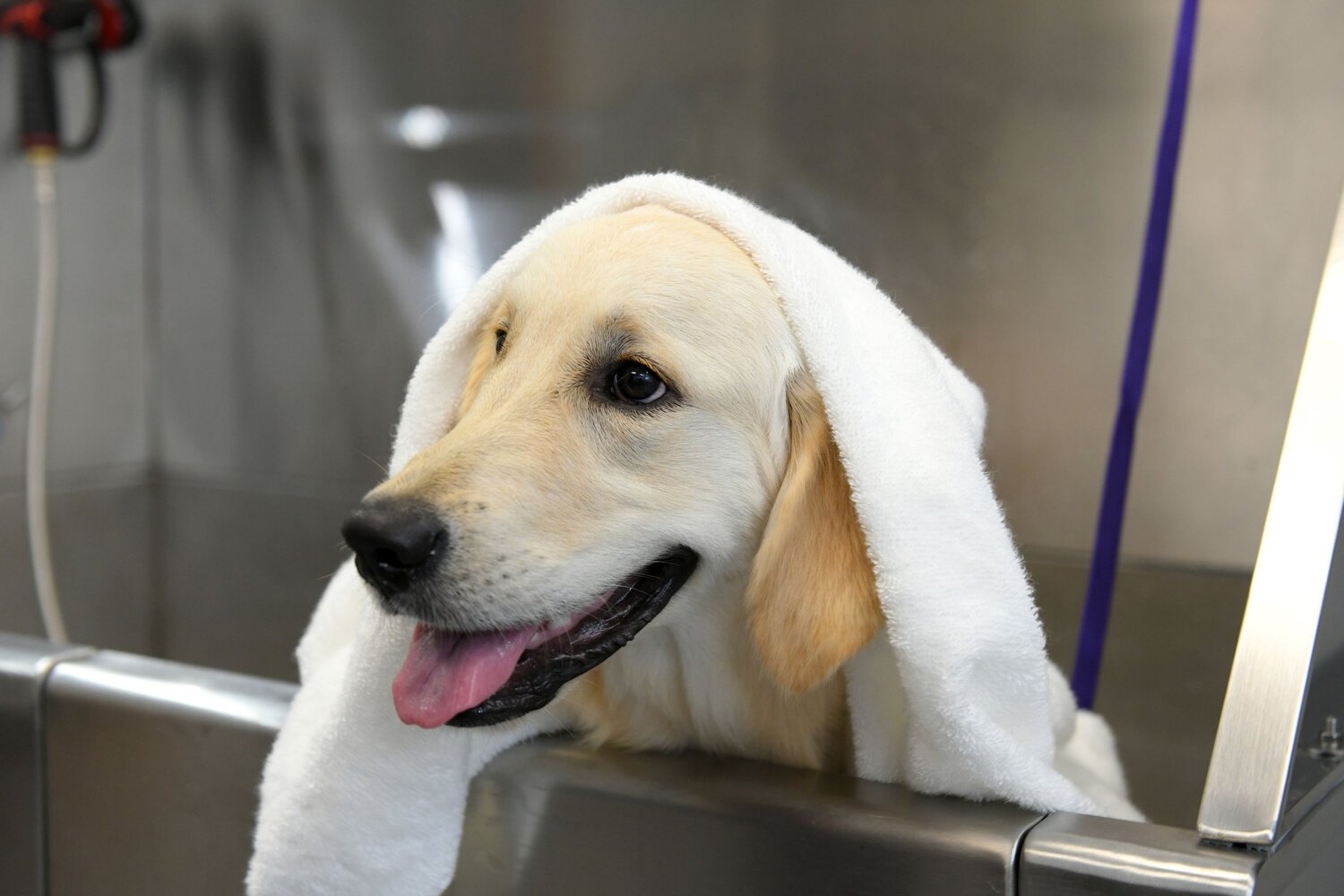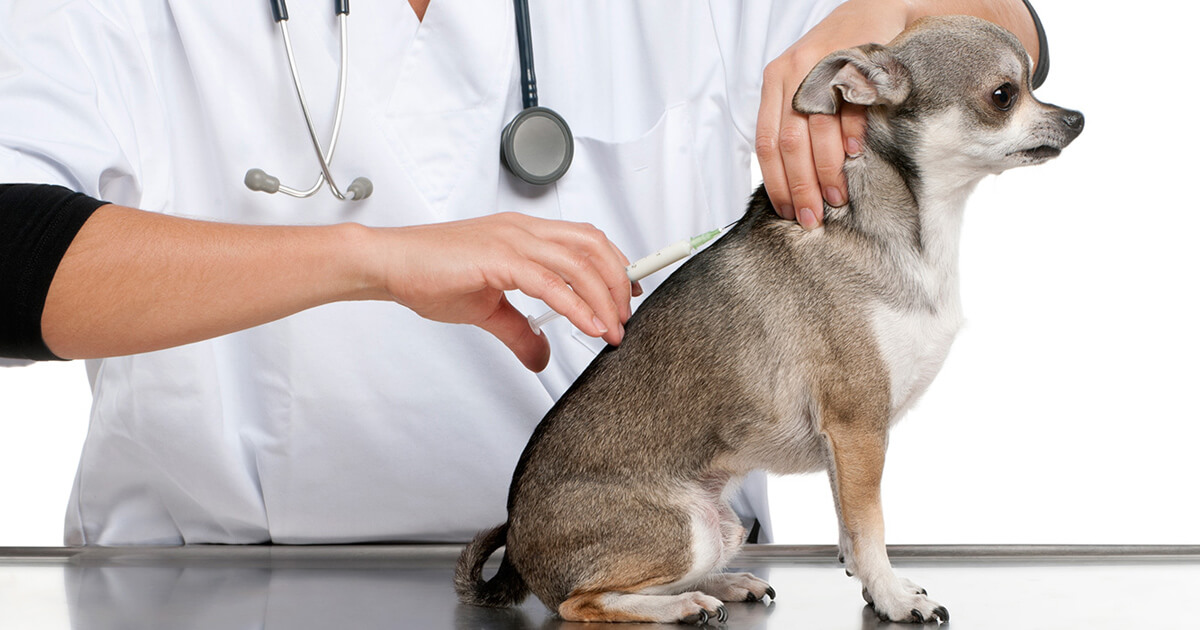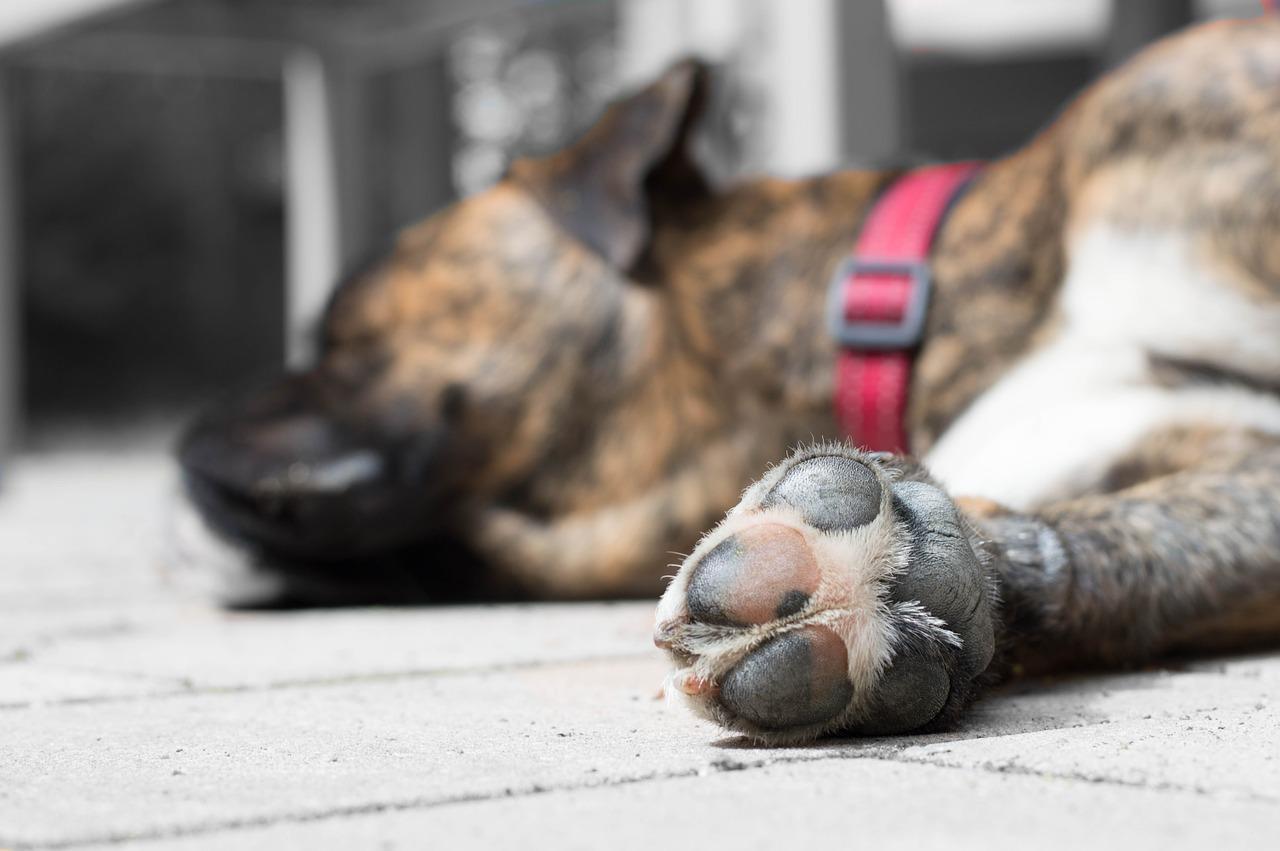Home>Health & Wellness>Common Health Issues>How Do Indoor Dogs Get Fleas
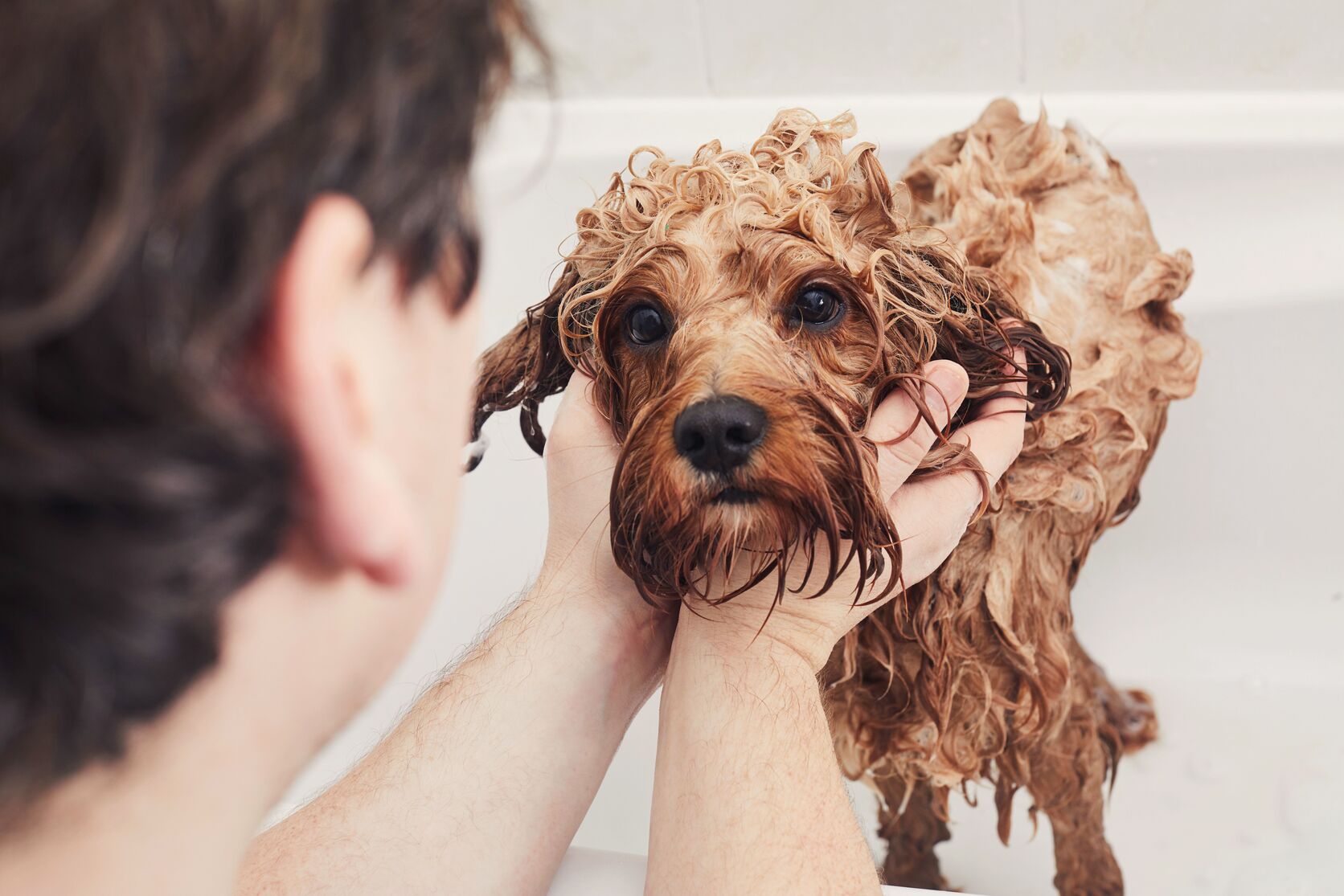

Common Health Issues
How Do Indoor Dogs Get Fleas
Published: February 15, 2024
Learn how indoor dogs can get fleas and other common health issues. Protect your pet with our expert tips and advice.
(Many of the links in this article redirect to a specific reviewed product. Your purchase of these products through affiliate links helps to generate commission for Pawsomeoldies.com, at no extra cost. Learn more)
Table of Contents
Introduction
Fleas are a common nuisance for dogs, causing discomfort and potential health issues. While many dog owners may assume that indoor dogs are safe from flea infestations, the reality is quite different. Even dogs that spend the majority of their time indoors can still be at risk of getting fleas. Understanding how indoor dogs can get fleas and taking proactive measures to prevent and treat infestations is crucial for maintaining the health and well-being of our beloved canine companions.
Fleas are tiny, wingless insects that survive by feeding on the blood of animals, including dogs. These pests are not only irritating for dogs but can also lead to more serious problems such as flea allergy dermatitis, anemia, and the transmission of other parasites. Therefore, it's essential for dog owners to be aware of the potential risks and take steps to protect their indoor pets from fleas.
In this article, we will delve into the various aspects of fleas and their impact on indoor dogs. We will explore how indoor dogs can get fleas, the preventive measures that can be taken to minimize the risk of infestation, and the effective methods for treating fleas if an infestation occurs. By gaining a comprehensive understanding of these topics, dog owners can equip themselves with the knowledge and tools necessary to safeguard their furry friends from the discomfort and health hazards associated with fleas.
Understanding the behavior and lifecycle of fleas, as well as the specific ways in which indoor dogs can be exposed to these pests, is the first step toward effective flea prevention and control. By addressing this crucial aspect, dog owners can ensure a safe and comfortable environment for their indoor dogs, promoting their overall well-being and happiness.
Read more: How Do Dogs Get Ticks And Fleas
Understanding Fleas
Fleas are small, wingless insects that belong to the order Siphonaptera. These pesky parasites are equipped with specialized mouthparts that allow them to pierce the skin of their hosts and feed on their blood. While there are thousands of flea species worldwide, the most common type affecting dogs is the Ctenocephalides felis, or the cat flea, which can infest both cats and dogs.
The flea life cycle consists of four stages: egg, larva, pupa, and adult. Understanding this life cycle is crucial for effective flea control. Fleas lay their eggs on the host animal, but these eggs can easily fall off onto carpets, bedding, and furniture, where they hatch into larvae. The larvae then spin cocoons and develop into pupae before emerging as adult fleas. This entire life cycle can occur in as little as two weeks under ideal conditions, leading to rapid infestations.
Fleas are not just a nuisance; they can also pose significant health risks to dogs. In addition to causing itching and discomfort, fleas can transmit diseases and parasites, such as tapeworms, to dogs. Furthermore, some dogs may develop an allergic reaction to flea saliva, leading to a condition known as flea allergy dermatitis, characterized by intense itching and skin irritation.
One of the challenges with fleas is their remarkable agility and ability to jump. A flea can jump up to 150 times its own body length, allowing it to easily move between hosts and infest new environments. This means that even indoor dogs, who may not have direct contact with other animals, can still be at risk of flea infestations.
Understanding the behavior and characteristics of fleas is essential for effective prevention and control. By gaining insight into the life cycle, habits, and potential risks associated with fleas, dog owners can take proactive measures to protect their indoor pets from these persistent parasites.
How Indoor Dogs Get Fleas
Indoor dogs can get fleas through various channels, despite spending the majority of their time inside the home. Understanding these potential sources of infestation is crucial for implementing effective preventive measures. Here are the primary ways indoor dogs can get fleas:
-
From Other Pets: If there are other pets in the household, such as outdoor dogs or cats, they can inadvertently bring fleas indoors. These pests can hitch a ride on the fur of outdoor pets and be introduced into the indoor environment, posing a risk to indoor dogs.
-
Human Transportation: Fleas can also be transported into the home by humans. People who spend time in outdoor environments, such as parks or wooded areas, can unknowingly carry flea eggs or larvae on their clothing or shoes. Once inside, these fleas can find their way onto indoor dogs.
-
Visitors and Wildlife: Visitors to the home, including friends, family, and service providers, may unknowingly bring fleas with them. Additionally, wildlife such as rodents or stray animals can carry fleas, potentially introducing them into the indoor environment and putting indoor dogs at risk.
-
Used Furniture or Bedding: Second-hand furniture, bedding, or carpets can harbor flea eggs or larvae. If these items are brought into the home without proper inspection and cleaning, they can serve as a source of flea infestation for indoor dogs.
-
Environmental Infestations: Fleas can thrive in outdoor environments, such as yards or gardens. If indoor dogs spend time in these areas or come into contact with infested outdoor spaces, they can inadvertently pick up fleas and bring them indoors.
-
Previous Infestations: Even if a home has been flea-free for some time, residual flea eggs or pupae may still be present in the environment. These dormant fleas can become active and infest indoor dogs, especially during warm and humid conditions that are conducive to flea development.
Understanding these potential pathways of flea infestation is essential for dog owners to take proactive measures to protect their indoor pets. By addressing these sources of exposure, dog owners can significantly reduce the risk of flea infestations and ensure a comfortable and safe environment for their beloved indoor dogs.
Preventing Fleas in Indoor Dogs
Preventing fleas in indoor dogs is a proactive and essential aspect of responsible pet ownership. By implementing preventive measures, dog owners can significantly reduce the risk of flea infestations and safeguard the well-being of their beloved pets. Here are effective strategies for preventing fleas in indoor dogs:
-
Regular Grooming: Establishing a regular grooming routine for indoor dogs is crucial for flea prevention. Regular brushing and combing can help detect and remove fleas or flea dirt (flea feces) from the dog's coat before an infestation becomes established. Additionally, bathing indoor dogs with a gentle, flea-repelling shampoo can help deter fleas from taking up residence on the dog's skin and fur.
-
Environmental Maintenance: Maintaining a clean and well-kept indoor environment is essential for preventing fleas. Regular vacuuming of carpets, rugs, and upholstery can help remove flea eggs, larvae, and pupae from the environment, reducing the risk of infestation. Washing bedding, blankets, and dog accessories in hot water can also help eliminate any flea eggs or larvae that may be present.
-
Use of Preventive Products: Utilizing veterinarian-recommended flea preventive products is a key component of flea control for indoor dogs. These products may include topical spot-on treatments, oral medications, flea collars, or flea-repelling sprays. Dog owners should consult with their veterinarian to determine the most suitable and effective preventive products for their indoor dogs based on factors such as the dog's age, health status, and lifestyle.
-
Regular Veterinary Care: Regular veterinary check-ups are essential for maintaining the overall health of indoor dogs and addressing any potential flea-related concerns. Veterinarians can provide guidance on flea prevention, recommend suitable preventive products, and conduct thorough examinations to detect early signs of flea infestations or related health issues.
-
Yard and Outdoor Area Maintenance: If indoor dogs have access to outdoor areas, such as a backyard, it's important to maintain these spaces to minimize the risk of flea infestations. Keeping grass and vegetation trimmed, removing debris and organic matter, and addressing any potential wildlife or rodent issues can help reduce the presence of fleas in outdoor environments.
-
Integrated Pest Management: Implementing an integrated pest management approach can be effective in preventing fleas in indoor dogs. This approach involves a combination of preventive measures, such as environmental sanitation, the use of flea control products, and targeted treatments as recommended by a veterinarian.
By incorporating these preventive strategies into their routine care and maintenance, dog owners can create a flea-resistant environment for their indoor dogs, promoting a healthier and more comfortable living space for both pets and their human companions.
Treating Fleas in Indoor Dogs
When it comes to treating fleas in indoor dogs, prompt and comprehensive action is essential to alleviate the discomfort and health risks associated with flea infestations. While prevention is the cornerstone of flea control, indoor dogs may still encounter fleas, necessitating effective treatment measures. Here are the key steps for treating fleas in indoor dogs:
-
Consultation with a Veterinarian: The first and most crucial step in treating fleas in indoor dogs is seeking guidance from a veterinarian. A veterinarian can assess the severity of the flea infestation, provide tailored treatment recommendations, and ensure that any underlying health concerns related to fleas, such as flea allergy dermatitis or secondary skin infections, are addressed.
-
Use of Veterinary-Approved Flea Treatments: Veterinarian-recommended flea treatments, such as topical spot-on products, oral medications, or flea control collars, are effective in eradicating fleas from indoor dogs. These products are designed to kill adult fleas, disrupt the flea life cycle, or repel fleas from the dog's skin and coat. It's essential to strictly adhere to the usage instructions provided by the veterinarian and the product manufacturer to ensure safe and effective treatment.
-
Environmental Sanitation: Treating fleas in indoor dogs also involves thorough environmental sanitation. Vacuuming carpets, rugs, and furniture to remove flea eggs and larvae, washing bedding and dog accessories in hot water, and employing household flea control products, such as premise sprays or powders, can help eliminate fleas and prevent reinfestation.
-
Flea Comb and Bathing: Using a fine-toothed flea comb can aid in physically removing adult fleas and flea dirt from the dog's coat. Additionally, bathing the dog with a vet-approved flea shampoo can help eliminate existing fleas and provide immediate relief from itching and discomfort.
-
Treatment of Outdoor Areas: If indoor dogs have access to outdoor spaces, it's important to address potential flea infestations in these areas as well. This may involve yard treatments, such as the application of outdoor flea control products, and minimizing the dog's exposure to infested outdoor environments.
-
Follow-Up and Prevention: After initiating flea treatment, regular follow-up with the veterinarian is essential to monitor the dog's response to treatment, address any ongoing flea control challenges, and establish a long-term preventive plan to safeguard the dog from future flea infestations.
By diligently following these treatment steps and collaborating closely with a veterinarian, dog owners can effectively eliminate fleas from their indoor dogs, alleviate discomfort, and promote a flea-free living environment. Additionally, integrating ongoing preventive measures can help maintain long-term protection against fleas, ensuring the well-being and comfort of indoor dogs.
Conclusion
In conclusion, the presence of fleas can pose significant challenges for indoor dogs, despite the misconception that they are immune to flea infestations. Understanding the various ways in which indoor dogs can get fleas, the preventive measures that can be implemented, and the effective treatment options is crucial for ensuring the health and well-being of our beloved canine companions.
By comprehensively understanding the behavior and life cycle of fleas, dog owners can proactively address the potential sources of infestation and take proactive steps to minimize the risk of flea infestations in indoor dogs. From the inadvertent introduction of fleas through other pets, humans, or wildlife to the persistence of dormant fleas in the environment, being aware of these pathways is essential for effective flea prevention.
Implementing preventive strategies, such as regular grooming, environmental maintenance, the use of veterinary-approved flea control products, and integrated pest management, can create a flea-resistant environment for indoor dogs. These measures not only help prevent flea infestations but also contribute to the overall well-being and comfort of indoor dogs.
In the event of a flea infestation, prompt and comprehensive treatment is essential. Seeking guidance from a veterinarian, utilizing veterinary-approved flea treatments, thorough environmental sanitation, and ongoing preventive measures are key components of effective flea treatment and long-term control.
By integrating these insights into their approach to pet care, dog owners can create a safe, comfortable, and flea-free environment for their indoor dogs. The well-being of our furry companions is a top priority, and by staying informed and proactive, we can ensure that our indoor dogs are protected from the discomfort and health risks associated with fleas.
Ultimately, the bond between humans and dogs is built on care, trust, and companionship. By taking the necessary steps to prevent and address flea infestations, we can uphold this bond and provide our indoor dogs with the love, security, and comfort they deserve.

